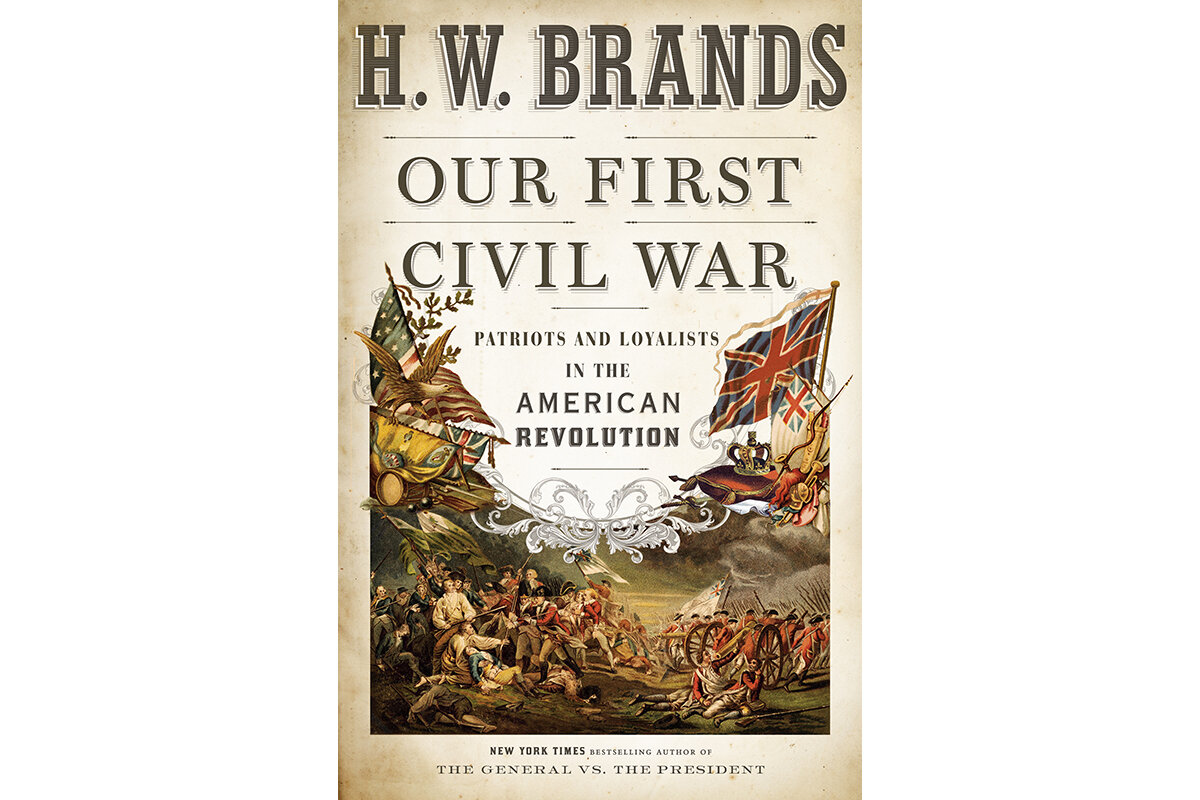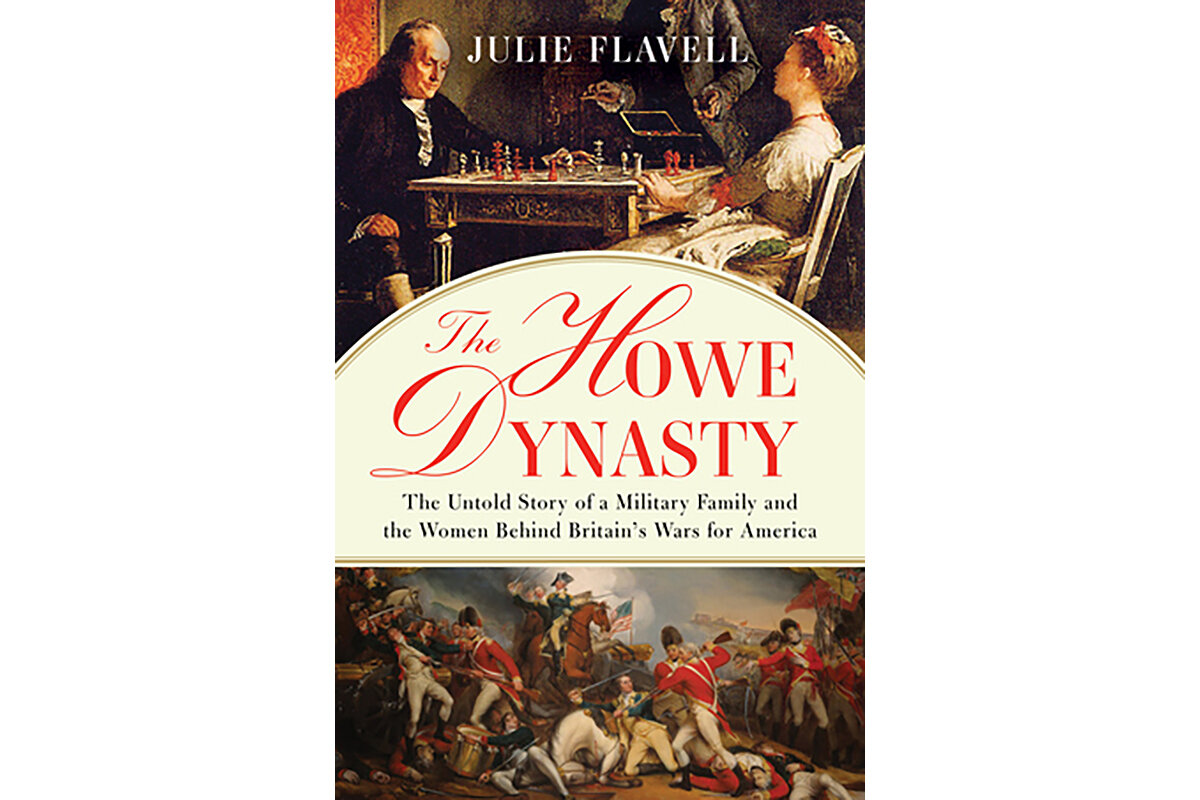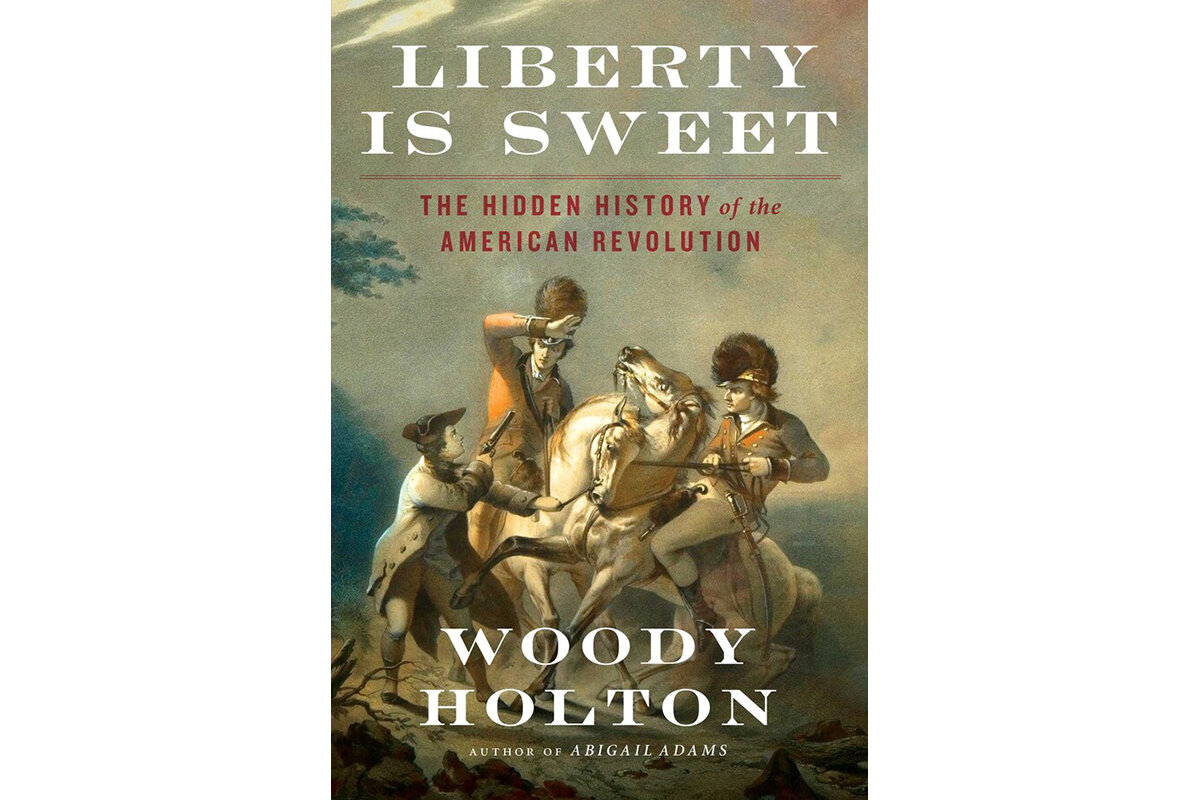America’s origin stories abound with complexities
Loading...
“An argument without end” is how Joseph J. Ellis characterizes history in “The Cause: The American Revolution and Its Discontents, 1773-1783,” one of several notable fall releases on America’s Revolutionary War era.
Like “The Cause,” new works by historians H.W. Brands and Woody Holton and novelist Matthew Pearl, making his nonfiction debut, are evidence that when it comes to the story of America’s origins, the argument continues to evolve. These books look beyond the Founding Fathers to consider early American history from a fascinating range of perspectives.
The title of Ellis’ engaging military and political history derives from the name that the colonists gave their rebellion against the British Empire. The conflict was not, at first, referred to as a revolution: The colonists’ original demands, to be accorded their full rights as British citizens, were hardly revolutionary. The changing meaning of The Cause, which eventually came to encompass independence, was reflected in Thomas Paine’s visionary and transformative 1776 pamphlet “Common Sense,” which shifted the conversation from British rights to natural rights.
The author deftly examines how that broader meaning, with its expansive view of freedom and liberty, could coexist with the denial of the rights of enslaved people and Native Americans. The American republic, he observes, “was born betraying the principles it claimed to be founded on.”
Ellis probes “the inconvenient truth that any attempt to implement the full meaning of The Cause would have undermined the unity necessary to win the war and thereby rendered American independence impossible.” When, for instance, John Laurens, an aide-de-camp to George Washington, approached the South Carolina legislature during the war with a proposal to form a Black regiment of 1,000 enslaved people who would be granted freedom upon completion of their service, the incredulous legislators declared that they would sooner surrender to the British. “If forced to choose between slavery and independence,” Ellis observes, “South Carolina chose slavery.”
The Revolution, Ellis notes, was both a conventional war and a civil war. Prolific historian H.W. Brands focuses on the latter in “Our First Civil War: Patriots and Loyalists in the American Revolution.” “Before America could win its revolution against Britain, the Patriots had to win their civil war against the Loyalists,” he writes at the outset of this compelling book, which explores how notable figures like Washington and Benjamin Franklin came to rebel against the mother country while others, including Franklin’s son William, then governor of New Jersey, remained loyal to the British crown.
Brands pays special attention to the frontier, where the web of conflicts was incredibly complex: Some of the Colonies, which were hardly united before the war, staked out competing claims to tribal land, and the tribes, previously compelled to choose sides in the French and Indian War (in which Britain and France battled over New World territory), had to once again figure out their alliances when Britain and the Colonies went to war. Brands provides lucid explanations of the tricky politics in play.
The author also illuminates the Loyalist position by exploring the often emotional ties that existed between England and America. Brothers Richard and William Howe, British commanders during the war, were, early on, authorized to attempt to make peace with the rebellious Colonies. At a diplomatic summit in New York in September 1776, Richard Howe told Benjamin Franklin that if America fell, “I should feel and lament it like the loss of a brother.” (Historian Julie Flavell’s “The Howe Dynasty,” reviewed earlier this year, describes the intriguing role of another Howe sibling, sister Caroline, in bringing the two men together for secret peace negotiations in London in 1774 and 1775, before Franklin became set on independence.)
Woody Holton has produced this season’s most ambitious Revolutionary War history with “Liberty Is Sweet: The Hidden History of the American Revolution.” Beginning with the French and Indian War and concluding after the ratification of the Constitution, the book integrates the stories of marginalized people into familiar historical events; Holton argues that “much can be gained from bringing all Americans of the founding era into the same timeline.” In doing so, Holton creates a fuller and richer account of events.
The author’s intention is clear from the outset. He notes that Native Americans “remain invisible in most accounts of the origins” of the Revolution. But he begins his narrative with the French and Indian War, observing that in the wake of Britain’s defeat at the hands of the French and their Indian allies in the Battle of the Monongahela in 1755, the British realized the need to mollify Native American tribes. To do so, they promised to keep Colonial settlers off tribal land. Britain, he writes, “somewhat succeeded at placating the Native Americans – but at the same time infuriated a significant portion of its own colonists: those who had hoped to make or improve their fortunes selling Native American land.” Forgotten conflicts like these, Holton argues, “set the stage for the American Revolution.”
Throughout the book, Holton adds fresh dimensions to history. For instance, he integrates women’s previously unheralded roles in the Revolution into the narrative, describing those who initiated boycotts of British goods before the war and those who accompanied their husbands into battle after its onset. Telling these less well-known stories enriches the ones we already know.
Matthew Pearl’s “The Taking of Jemima Boone: Colonial Settlers, Tribal Nations, and the Kidnap That Shaped America” is not directly focused on the Revolution but on an event that occurred during that time: the 1776 kidnapping of the daughter of famed frontiersman Daniel Boone by Cherokee and Shawnee raiders. Though the book’s subtitle overstates its case, the highly readable account, written with the flair one would expect of a novelist, tells a dramatic story while also elucidating the complicated relationships among Native Americans, Colonial settlers, and British Loyalists.
While there had long been violent clashes surrounding Colonial incursion on Native land, Hanging Maw, the Cherokee leader behind the kidnapping, was “a political rather than military operative,” Pearl writes. His hope was for Jemima and the two friends seized with her to “be held hostage to negotiate terms for the invaders to retreat from Boonesboro,” the Kentucky settlement founded by Jemima’s father. That hope was dashed when Boone’s rescue party recovered the girls days later; in any case, and contrary to Pearl’s suggestion, it would surely have taken more than a successful kidnapping plot to halt America’s relentless westward push.
This is an active time in early American scholarship, suggesting that there’s no end in sight to disagreements about the nation’s founding. Academic arguments aren’t as high-stakes as those that define our current state of politics. Still, during this deeply polarized time, it’s good to be reminded that the unity essential to creating an American identity was achieved at great cost. Division has been with us from the start.










